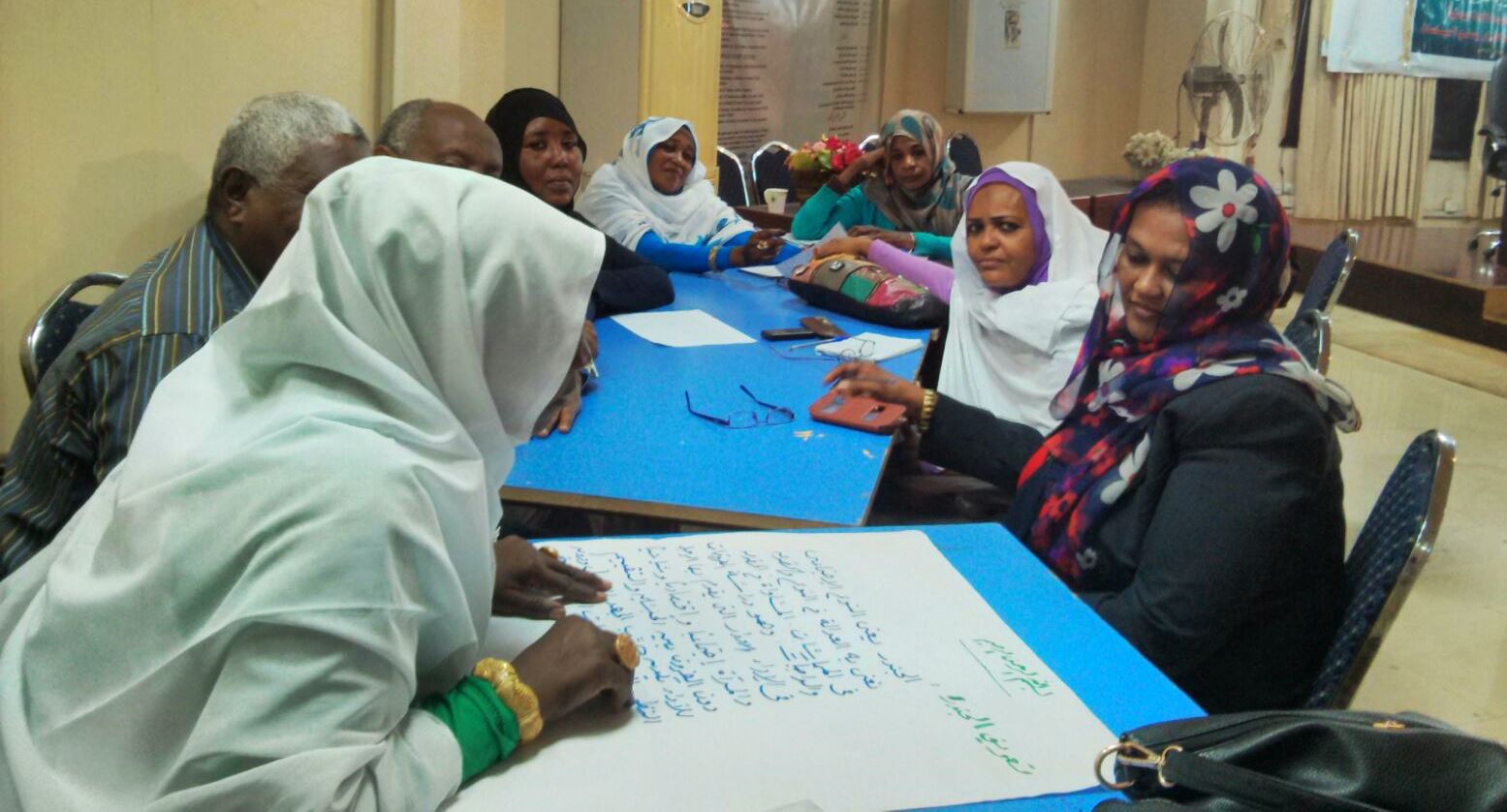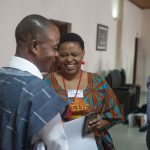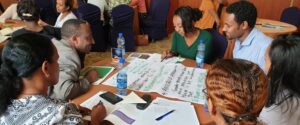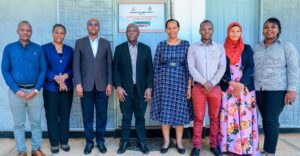
Using evidence to mainstream gender in policy making
Gender Centre for Research and Training running a workshop in training to policymakers on mainstreaming gender in development policies and practices.
– Blog post by Amira Osman, Co-founder of the Gender Centre for Research and Training, Sudan
Gendered evidence is important for policy making because it gives policy makers and development planners a clear picture on the gender needs of the population they are targeting. In recent years, this need has received greater attention. However, there are still numerous barriers and challenges to mainstreaming gender in programmes and policies.
To discuss this, a breakout session was held at the VakaYiko symposium in Accra on 5 October 2016. Policy makers, researchers and civil society organisations from countries in Africa, Latin America and Europe joined the discussion. Also present, was a Regional Director from the Ministry of Gender, Children and Social Protection in Ghana, who shared a practical perspective on challenges and opportunities to mainstreaming gender evidence within government policy. Here are five key things to come out of the discussion:
1. Gender is a socially constructed issue
What we understand by ‘gender’ varies from culture to culture and changes over time. Furthermore, the concept of gender is sometimes seen as a western concept. Therefore the concept needs to be deconstructed and understood in relation to ethnicity, culture, geography, age, disability, religion and social status, making it more relevant to the experiences of people in the local context This is a key to developing a policy that is informed by relevant gender data and gender analysis.
2. Gender is often not seen as a priority
Policy makers at the top of hierarchical decision-making structures – often men – don’t see collecting and using gendered evidence as a priority. As such, adding a gender perspective to their activities challenges the status quo, including their power.
3. Policy making bodies often lack necessary resources, time and skills
Scarce or stretched resources is a major barrier. Even within departments with a specific gender remit – such as Ghana’s Ministry of Gender, Children and Social Protection – inadequate financial resources to collect gender disaggregated data was raised as a major challenge. The lack of communication between data producers (researchers) and users (policy makers) can further hinder this.
4. Quantitative and qualitative data collection methods are needed
There is often a reliance on quantitative data methods, which tend to favour statistics without paying attention to women’s and men’s different roles in society. For example, quantitative data may tell us about the number of women in a parliament but adding qualitative data will inform us about women’s and men’s experiences/perspectives within such an important decision making body.
Qualitative methods such as focus groups and in-depth interviews allow participants, in particular women, to engage in fruitful discussions and to raise issues of concern such as their experiences with domestic violence, which women may not feel comfortable mentioning in a survey conducted by a male interviewer. In this sense, the sex of the interviewers is relevant particularly in contexts where sex segregation is common, i.e. female interviewers are needed for female interviewees and male interviewers are needed for male interviewees.
5. Capacity building on gender disaggregated data and data analysis is a practical step
Capacity building for different stakeholders, such as community leaders, grassroots organisations, civil servants, researchers and policy makers, is needed. Capacity building for stakeholders on gender disaggregated data and gender analysis is a practical step to equip them with relevant skills to mainstream gender in policies and programmes.
To tackle the above key points/challenges, the Gender Centre for Research and Training in Sudan (GCRT), using the VakaYiko grant managed to provide capacity building sessions to mid and high level policy makers from two ministries in Sudan on gender and gender analysis to inform policy. The sessions acted as platforms for dialogue which helped policy makers to raise questions, analyse information and develop plans and policies that address the needs of women, men, boys and girls and to facilitate gender mainstreaming in all programmes.
To tackle the above challenges participants suggested the following:
• Reaching women, girls, boys and men in remote areas and incorporating their perspectives and needs in any gender and capacity building projects targeting them.
• Promote dialogues between policy makers and researchers to enable better collection of sex-disaggregated and qualitative data.
• Develop and sustain a gender perspective and gender analysis in all decision making processes.
• Allocate resources for all of the above suggested activities.
Read an interview with Thywill Eyra Kpe, Regional Director for the Department of Gender (Central Region) in Ghana, on how gender evidence is used to inform regional policy in Ghana.
https://blog.inasp.info/spotlight-evidence-gender-policy-regional-level-ghana/

 Previous Post
Previous Post Next Post
Next Post


